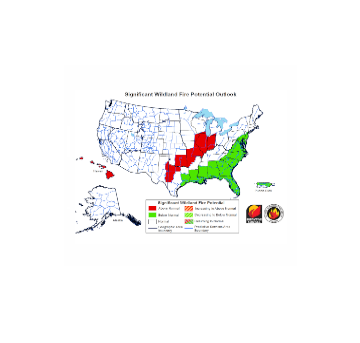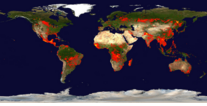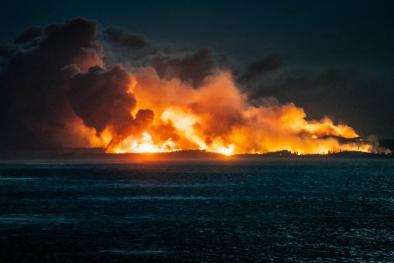Science Source
Recent changes in the fire regime across the North American boreal region—Spatial and temporal patterns of burning across Canada and Alaska
- Uses historic records from 1959–99 to explore fire regime characteristics at ecozone scales across the entire North American boreal region (NABR)
- Finds that shifts in the NABR fire regime between the 1960s/70s and the 1980s/90s were characterized by a doubling of annual burned area and more than a doubling of the frequency of larger fire years because of more large fire events (>1,000 km2)
- Finds the proportion of total burned area from human‐ignited fires decreased over this same time period, while the proportion of burning during the early and late‐ growing‐seasons increased
- Finds that trends in increased burned area were consistent across the NABR ecozones, though the western ecozones experienced greater increases in larger fire years compared to the eastern ecozones
- States that seasonal patterns of burning differed among ecozones
- Concludes that, along with the climate warming, changes in the fire regime characteristics may be an important driver of future ecosystem processes in the NABR
Related Content
Science Source
| Climate Central
The Age of Alaskan Wildfires
Todd Sanford, PhD, Regina Wang et al
Real Time Data

Feb 25, 2016 | National Interagency Coordination Center
Significant Wildland Fire Potential Outlook
Real Time Data

Feb 25, 2016 | NASA EarthData
Global Fire Map
Headline

Feb 11, 2016 | AP
Report: Trees scorched by 2015 Kodiak wildfire likely to die


